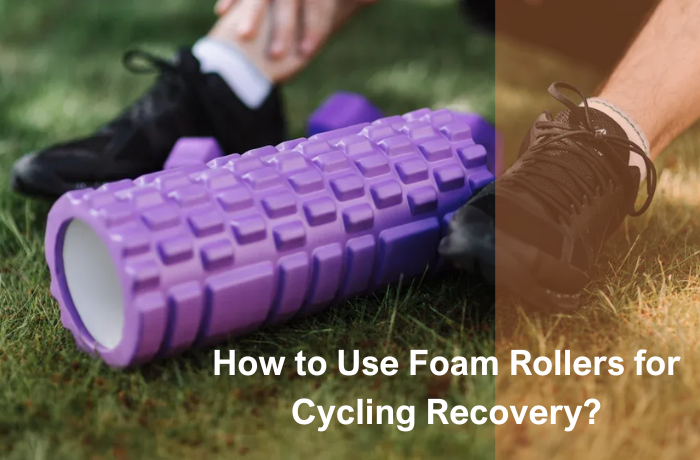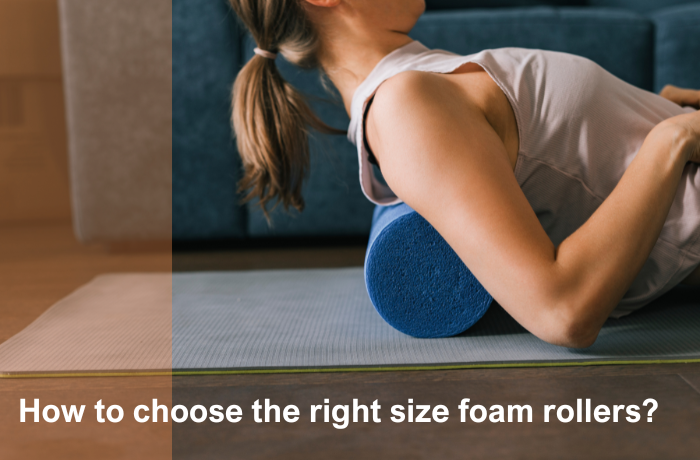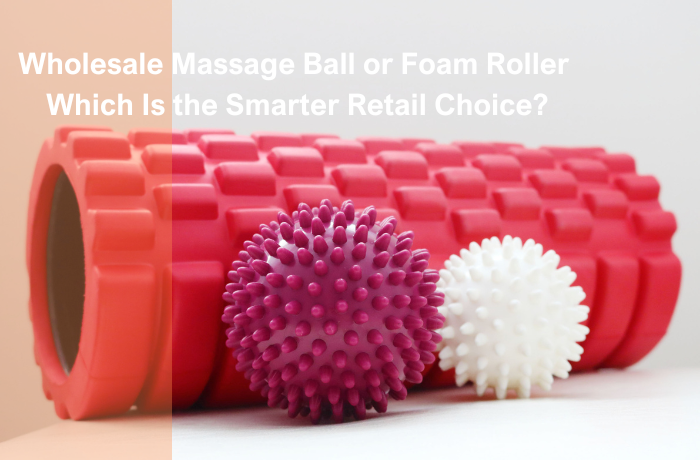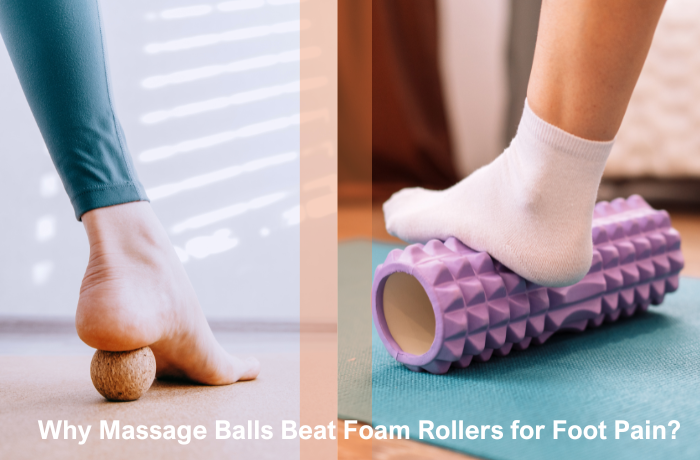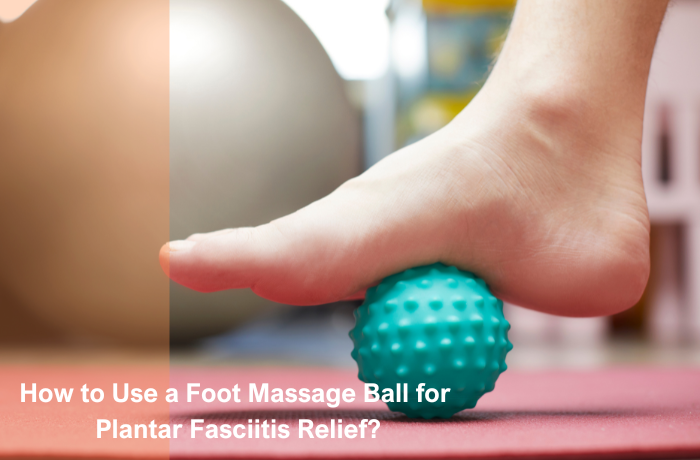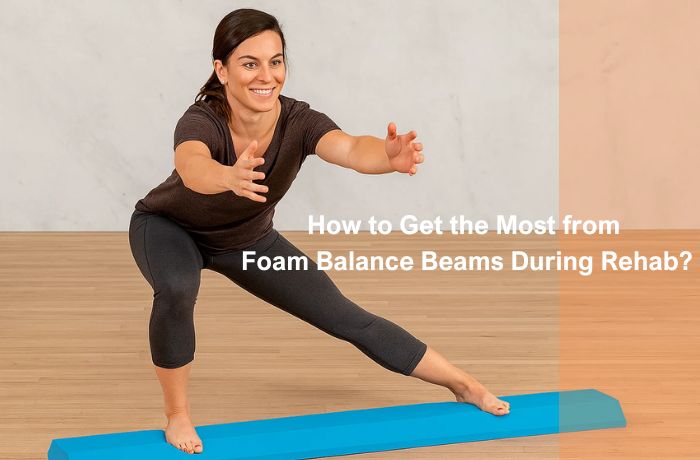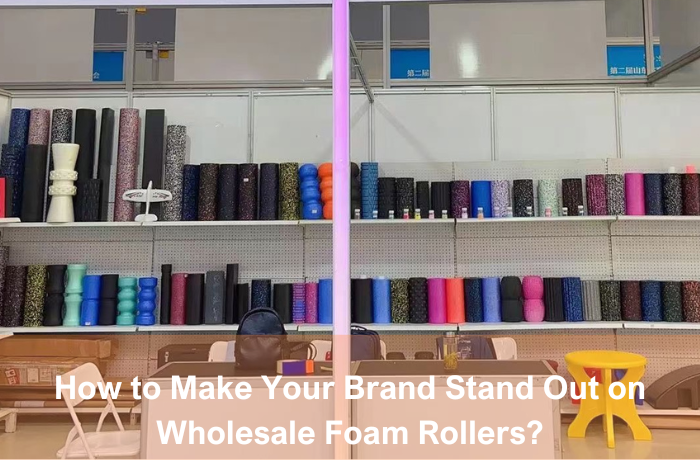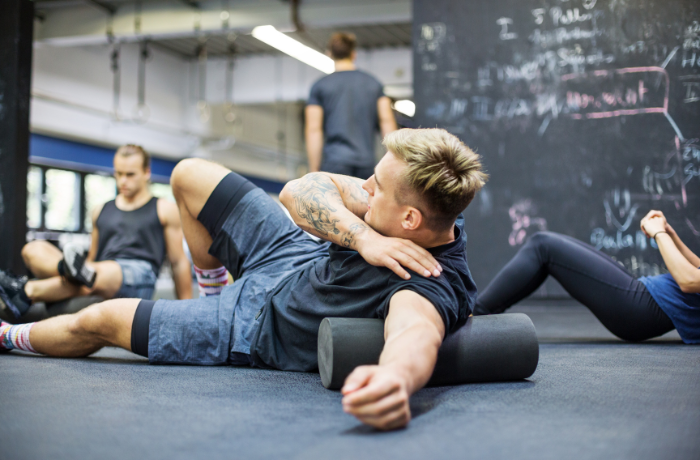
When you push hard on the pedals, your muscles take a beating. That’s where a foam roller comes in. It’s like a mini massage therapist for your legs! Using one after cycling helps your body bounce back faster. It reduces soreness, improves flexibility, and keeps injuries at bay. This simple tool targets tired muscles, making it essential for recovery. If you’re looking for the best foam roller for cyclists, you’ll want one that’s both effective and easy to use.
Key Takeaways
- Using a foam roller after biking eases soreness and helps you heal faster. Spend 10-15 minutes on main muscles like thighs and hamstrings.
- Pick the foam roller that works best for you. Firm rollers reach deep muscles, while soft ones are better for beginners.
- Make foam rolling a regular habit. Doing it often improves flexibility, lowers soreness, and stops injuries.
Best Foam Roller for Cyclists
Choosing the Right Foam Roller for Cycling Recovery
Picking the best foam roller starts with knowing your needs. A good roller reduces soreness, boosts flexibility, and helps muscles recover faster. But not all foam rollers are the same. Some are hard and bumpy, while others are soft and smooth.
Think about your cycling habits when picking a roller. Do you ride far or do short, fast rides? If your muscles feel tight after cycling, a harder roller might work better. It goes deeper into muscles to ease tension. If you’re new to foam rolling, a softer roller is gentler and less painful.
Here are some things to consider:
| Criteria | Description |
|---|---|
| Lactate Clearance | Removes lactate from blood, helping muscles recover faster. |
| Pain Reduction (DOMS) | Eases muscle soreness, making recovery more comfortable. |
| Physiological Responses | Boosts blood flow, helping muscles heal quicker. |
| Roller Type Influence | Both textured and smooth rollers can help recovery. |
| Optimal Protocols | Try different roller types and times to find what works. |
Types of Foam Rollers: Textured vs. Smooth
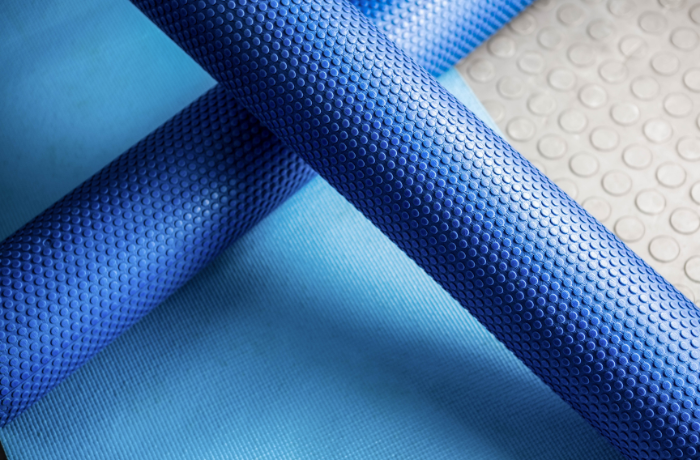
Foam rollers come in two main styles: textured and smooth. Each has its own benefits based on your needs.
Textured rollers have bumps or ridges that feel like a deep massage. They’re great for tight spots, like your thighs or IT band, after cycling. If you’ve felt knots in your muscles, a textured roller can help loosen them.
Smooth rollers are softer and easier to use. They’re great for beginners or when your muscles feel sore. These rollers spread pressure evenly, making them good for general recovery.
Which one should you pick? If you need strong relief, go for textured. If you want something gentle or are just starting, smooth rollers are better.
Features to Look for in a Foam Roller
The best foam roller isn’t just about texture. It’s also about features that make it easy and effective to use. Look for these:
- Density: Hard rollers go deeper, while soft ones are gentler.
- Size: Long rollers are good for big muscles; small ones for specific spots.
- Portability: If you travel, pick a lightweight roller that’s easy to pack.
- Material: Good foam lasts longer and works better over time.
Studies show these features matter. Research by Wiewelhove et al. (2019) found foam rolling improved sprint speed by 0.7% and flexibility by 4%. Another study by Wilke et al. (2020) showed foam rolling reduces muscle pain. Picking the right roller can really help your recovery.
How to Use a Foam Roller for Cycling Recovery?
When to Foam Roll: Pre-ride vs. Post-ride
Timing matters when it comes to foam rolling. You can use it both before and after cycling, but the purpose changes depending on when you roll.
Pre-ride foam rolling helps prepare your muscles for action. It boosts blood flow, warms up your tissues, and improves flexibility. This makes your ride smoother and reduces the risk of injury. Focus on areas that feel tight, like your quads or calves, to loosen them up before hitting the road.
Post-ride foam rolling is all about recovery. After cycling, your muscles are tired and may feel sore. Foam rolling helps with myofascial release, easing tension and promoting faster healing. Spend 10-15 minutes rolling key muscle groups like your hamstrings, glutes, and IT band. Research shows this can deliver benefits similar to a professional massage, making it a powerful tool for self-massage.
Tip: If you’re short on time, prioritize post-ride foam rolling. It’s the most effective for recovery and reducing soreness.
Step-by-Step Guide to Foam Rolling
Foam rolling isn’t complicated, but doing it right makes all the difference. Follow these steps to get the most out of your foam roller routine:
- Pick the right spot: Start with the muscle group that feels tight or sore. Common areas for cyclists include the quads, hamstrings, and calves.
- Position yourself: Place the foam roller under the target muscle. Use your body weight to apply pressure.
- Roll slowly: Move back and forth over the muscle. Go slow—about 1 inch per second. This helps release tension effectively.
- Pause on tight spots: If you find a tender area, stop rolling and hold pressure there for 20-30 seconds. This helps break up knots.
- Breathe deeply: Relax your body and take deep breaths. This reduces discomfort and helps your muscles release tension.
- Repeat: Spend 1-2 minutes on each muscle group. Adjust the pressure based on your comfort level.
Here’s a table summarizing the effectiveness of foam rolling techniques based on research:
| Study | Findings |
|---|---|
| Pearcey et al. (2015) | Foam rolling reduces delayed-onset muscle soreness and improves recovery. |
| Wiewelhove et al. (2019) | Meta-analysis shows foam rolling positively affects performance and recovery. |
| Hendricks et al. (2020) | Systematic review supports foam rolling for enhancing recovery in sports. |
| Pagaduan et al. (2022) | Chronic foam rolling improves flexibility and performance. |
Common Mistakes to Avoid
Foam rolling is simple, but there are a few common mistakes that can limit its effectiveness:
- Rolling too fast: Speeding through foam rolling doesn’t give your muscles enough time to release tension. Slow down for better results.
- Skipping sore spots: Avoiding tender areas might feel better, but it defeats the purpose. Focus on tight spots to get the most benefit.
- Using poor posture: Slouching or holding awkward positions can strain your body. Keep your posture aligned and relaxed.
- Overdoing it: Foam rolling shouldn’t hurt. If you’re in pain, ease up on the pressure or switch to a softer roller.
- Ignoring consistency: Foam rolling works best when it’s part of your routine. Make it a habit after every ride to maximize recovery.
Note: Foam rolling isn’t a one-time fix. Regular use helps you stay flexible, reduce soreness, and prevent injuries over time.
Foam Roller Exercises for Cyclists
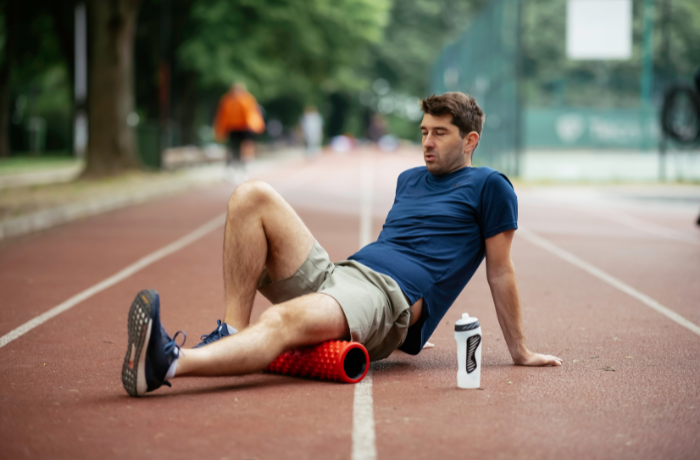
Quads: Easing Tightness in the Front Thighs
Your quads work hard when cycling, especially during climbs or sprints. Foam rolling helps ease tightness and soreness in this area. To roll your quads, lie on your stomach with the foam roller under your thighs. Use your arms to hold yourself up and roll slowly from the top of your thighs to just above your knees. Stop on tight spots and hold for 20-30 seconds.
Rolling your quads not only reduces soreness but also makes you more flexible. This can help you pedal better. Studies show foam rolling improves movement, making it great for cyclists who want to perform well.
Hamstrings: Relaxing the Back of Your Legs
Hamstrings can get tight after long rides. Foam rolling helps loosen them and stop stiffness. Sit on the floor with the foam roller under your hamstrings. Lift your hips a little using your hands and roll from your glutes to the back of your knees.
This exercise boosts blood flow and helps you recover faster. Rolling your hamstrings before riding can also warm them up and lower the chance of injury.
Glutes: Loosening Tight Hips
Your glutes are important for strong pedaling. Tight glutes can cause discomfort and hurt your performance. To roll your glutes, sit on the foam roller and cross one ankle over the other knee. Lean toward the side of the crossed leg and roll gently back and forth.
This method helps loosen tightness and improve hip movement. Rolling your glutes often can stop tightness and keep your hips flexible for smoother rides.
IT Band: Soothing Outer Thigh Pain
Cyclists often feel tightness in the IT band, which runs along the outer thigh. Foam rolling can help loosen this area and improve flexibility. Lie on your side with the foam roller under your outer thigh. Use your arms and opposite leg to support yourself as you roll from your hip to just above your knee.
Studies show rolling the IT band can temporarily improve how your knee and hip move. This is helpful for cyclists who need smooth joint movement during rides.
Calves: Easing Lower Leg Soreness
Your calves take on a lot of stress when cycling, especially during climbs or sprints. Foam rolling can ease soreness and improve blood flow in this area. Sit on the floor with the foam roller under your calves. Lift your hips slightly and roll from your ankles to just below your knees.
Rolling your calves helps stop muscle tightness and keeps your legs ready for your next ride. It’s an easy way to fix problem areas.
Upper Back: Fixing Posture and Stiffness
Cyclists often get tight upper backs from leaning forward while riding. Foam rolling can relax these muscles and improve posture. Lie on your back with the foam roller under your upper back. Cross your arms over your chest and roll gently up and down.
This exercise breaks up tight spots and improves alignment, helping with muscle balance. Research shows foam rolling can cut soreness for up to 72 hours after exercise, making it a great recovery tool.
Foam rolling is great for helping cyclists recover. It lowers soreness, makes you more flexible, and prevents injuries. Picking the right roller and using it correctly can improve how you ride. Use foam rolling often, and you’ll recover quicker and ride better each time.
FAQ
When should you foam roll after cycling?
The best time is right after your ride. Foam rolling helps ease soreness and speeds up muscle recovery. Spend 10–15 minutes on tight muscles.
How often should you use a foam roller?
You can foam roll every day or after each ride. Doing it regularly improves flexibility, reduces soreness, and prevents injuries.
Tip: If you’re new, start with 2–3 times a week. Add more sessions as your body gets used to it.
Does foam rolling replace stretching?
No, foam rolling works with stretching. It helps loosen muscle knots and boosts blood flow, while stretching improves flexibility. Use both for better recovery.
Note: Foam rolling is like a warm-up for your muscles before stretching. They work best together!

